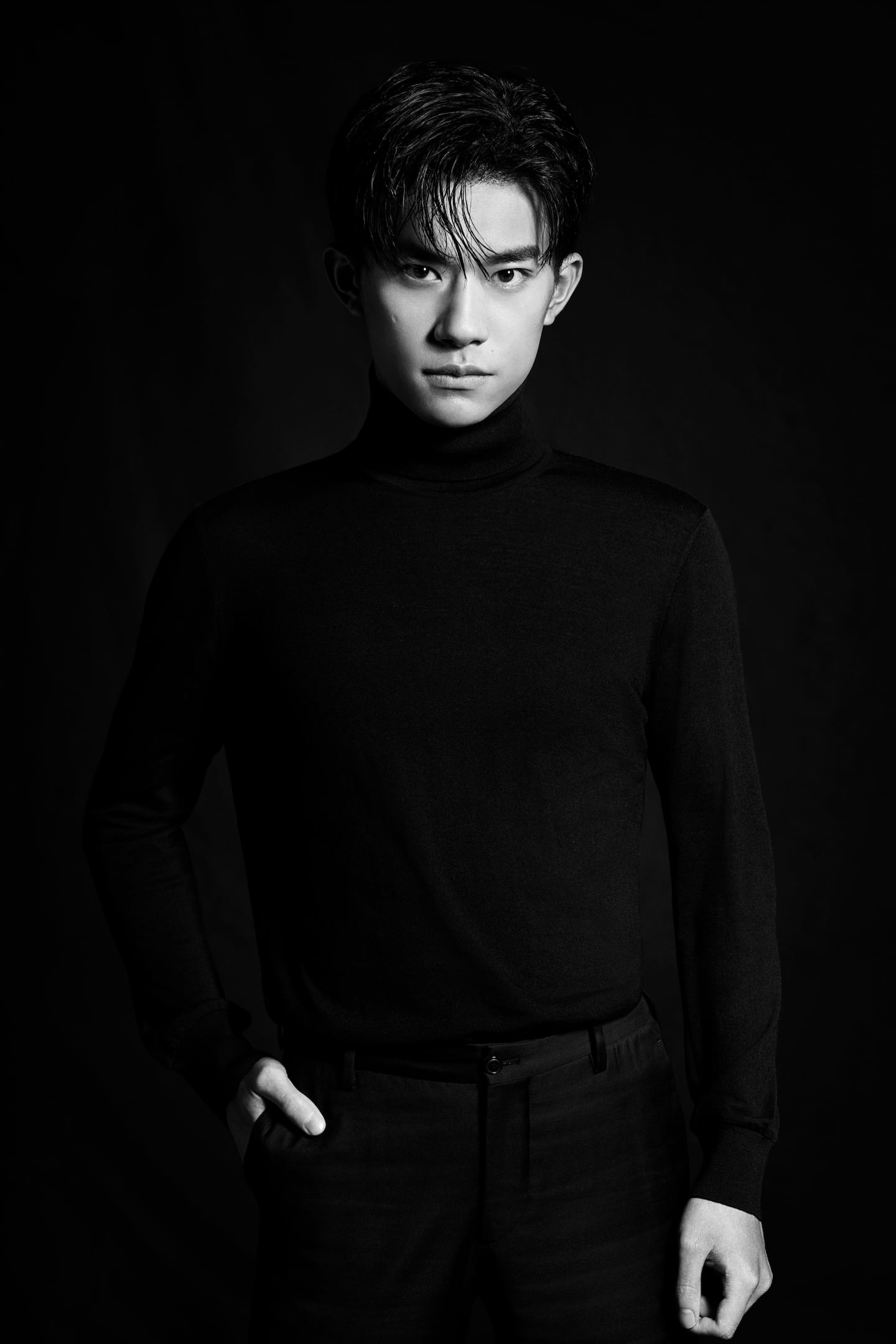
The Business of Fashion
Agenda-setting intelligence, analysis and advice for the global fashion community.

Agenda-setting intelligence, analysis and advice for the global fashion community.

China’s male cosmetics market has grown over the past four years at an annual rate of 7.7 percent and in 2020 reached estimated sales of 16.7 billion yuan ($2.6 billion), according to a study by the Korea Trade Association’s Chengdu branch, as reported by Korea’s Yonhap News Agency.
The study’s intended audience is Korean beauty companies, with the country’s Trade Association recommending they take aim at this growing consumer market by launching products focussed on oily skin, large pores, dull complexions and acne scars.
Cosmetics products were found to be most popular among males aged 18 to 25, who account for 59.5 percent of overall consumption, followed by those aged 26 to 30, who make up 21.3 percent of the market.
With consumers tightening their belts in China, the battle between global fast fashion brands and local high street giants has intensified.
Investors are bracing for a steep slowdown in luxury sales when luxury companies report their first quarter results, reflecting lacklustre Chinese demand.
The French beauty giant’s two latest deals are part of a wider M&A push by global players to capture a larger slice of the China market, targeting buzzy high-end brands that offer products with distinctive Chinese elements.
Post-Covid spend by US tourists in Europe has surged past 2019 levels. Chinese travellers, by contrast, have largely favoured domestic and regional destinations like Hong Kong, Singapore and Japan.